Fiber optics connectivity based on long-wavelength VCSELs
KDPOF and Trumpf describe the implementation of optical data communication standards and solutions for the automotive industry in a new technical article.
With the ever-increasing need for faster data communication in cars, electrical interconnects are beginning to show bandwidth and electromagnetic compatibility limitations. The two companies showcased the first 980-nm multigigabit interconnect system for automotive systems at the ECOC 2023 in Glasgow.

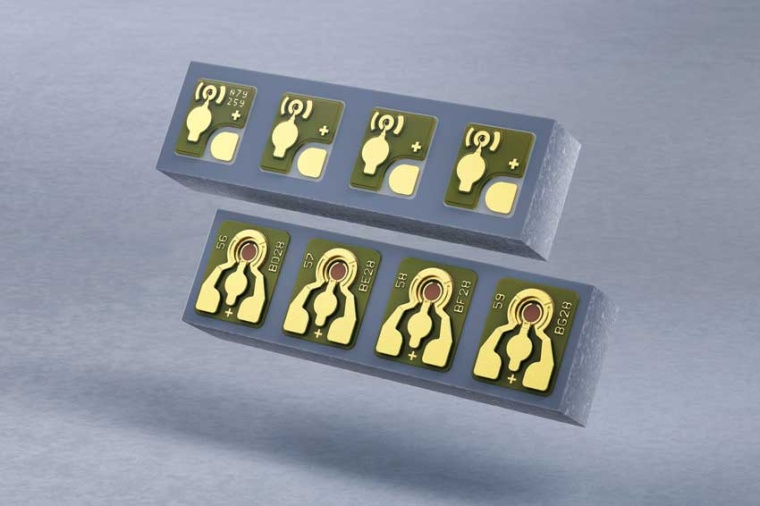

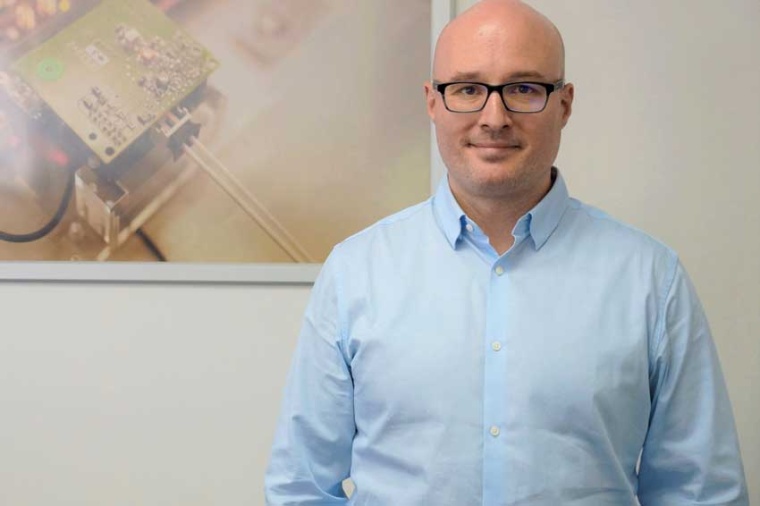


Due to the push in the automotive sector towards autonomous driving, a large amount of data must be processed in cars. Consequently, optical interconnects are required to manage the data flow as a nervous system, connecting sensors and electronic brains, while tight electromagnetic interference requirements are met. Trumpf Photonic Components and KDPOF entered a strategic partnership as early as 2022 to combine their knowledge in the field of components and networks for data communication.
Now, progress was made with the first implementation of the new standard IEEE Std 802.3cz (nGBASE-AU), consisting of a transceiver that integrates electronics, photonics, and optics in a single IC component. Evaluation kits soon become ready for OEMs to test. “Automotive is a very demanding industry. The IEEE Std 802.3cz standard is therefore focusing on reliable conditions that enable lifetimes of 15 years and more, with low cost and high-volume implementations”, explains Rubén Pérez-Aranda, CTO at KDPOF. “Having suppliers like Trumpf in the 802.3cz working group enriched the discussion with their deep manufacturing and design knowledge of VCSEL and photodiode components, which in turn enabled the production of a serious and dependable standard”, Pérez-Aranda adds.
Automotive applications require not only a much wider range of operating temperatures, reaching from minus 40 up to 125 °C but also a low interconnect length of less than forty meters. For superior robustness against wear and random failures, 980 nm was approved as the wavelength to become the new standard. Besides its performance characteristics, 980 nm suits the existing OM3 fibers with low dispersion loss.
Rubén Pérez-Aranda, KDPOF, and Joseph Pankert, Trumpf Photonic Components, describe the technology in a new article which is already available online open at the WileyOnlineLibrary.com and will be included in the PhotonicsViews issue 1/2024, out January 16. For subscription options, please use the PDF form below.
Reference: R. Pérez-Aranda (KDPOF) & J. Pankert (Trumpf Photonic Components): Optical neurons to interconnect sensors and artificial brains in autonomous vehicles – Fiber optics connectivity based on long-wavelength VCSELs and fully-integrated and adaptive electronics, PhotonicsViews 21(1), February/March 2024, first published online: 01 December 2023; DOI: 10.1002/phvs.202300047 (online open)
Further reading: Trumpf and KDPOF become strategic partners, wileyindustrynews.com, 07 September 2022
Company
TRUMPF Photonic Components GmbHLise-Meitner-Straße 13
89081 Ulm
Germany
most read
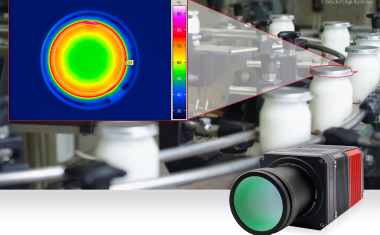
MWIR system camera for continuous industrial operation
Entry into infrared imaging
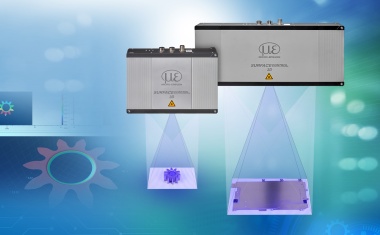

There’s a Large Hippo Resting in the Mud
Virtual Video Safaris for Blind and Visually Impaired People
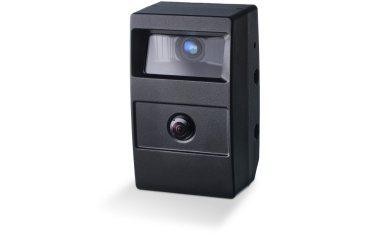
Sensor Fusion in Outdoor Applications
AI-Driven Collision Warning System for Mobile Machinery
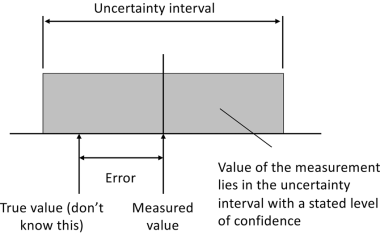
Measurement uncertainty in manufacturing: Understanding the basics
Why precise measurement results alone are not enough






